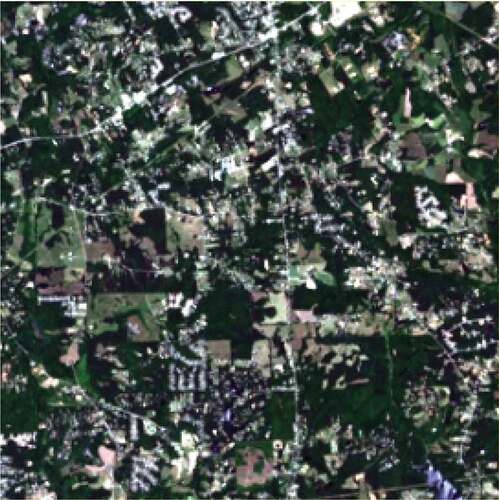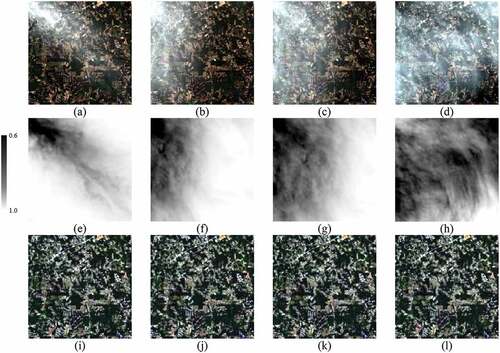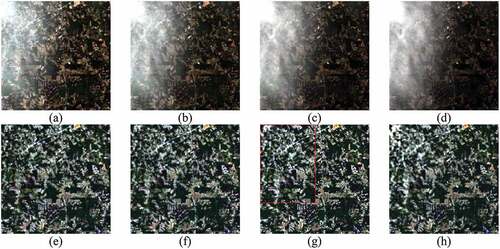Figures & data
Figure 1. Correlation analysis among the visible bands of thin cloud image with different land covers: (a) observed thin cloud images, (b)–(d) band correlation analysis results of (a).

Figure 2. DCP maps estimated from the corresponding images and
: (a)–(c) red (or red-like) bands of the original cloud-covered image and the two transformed images
and
, (d)–(f) corresponding DCP maps estimated from the three images.
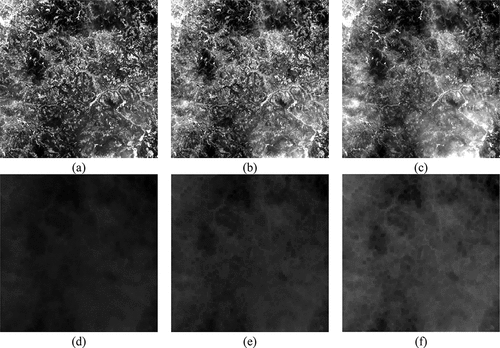
Figure 3. Procedure of the proposed scheme to estimate spatially varied atmospheric light: (a) patch division, (b) searching for dark object pixels in local patches, (c) estimated uneven atmospheric light.
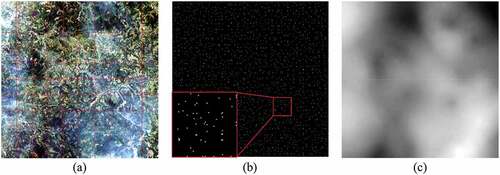
Figure 4. Comparison of the recovered results in the simulated experiment based on Landsat 8 OLI: (a) simulated cloud-covered image; (b)–(f) recovered results from HOT, HTM, TDCP, SpA-GAN, and the proposed method; (g) ground truth.
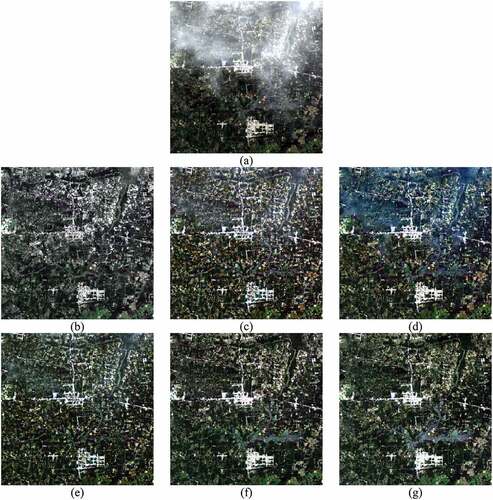
Table 1. Quantitative results of the four methods in the Landsat-based simulated data.
Figure 5. Comparison of the recovered results in the simulated experiment based on GaoFen-2: (a) simulated cloud-covered image; (b)–(f) recovered results from HOT, HTM, TDCP, SpA-GAN, and the proposed method; (g) ground truth.
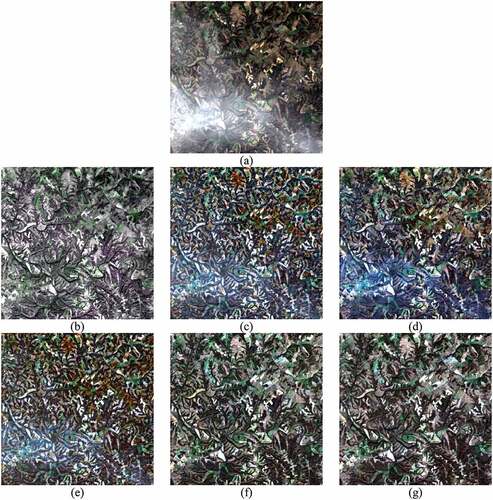
Table 2. Quantitative results of the four methods in the GaoFen-2-based simulated data.
Figure 6. Comparison of recovered results in the first real data: (a) thin cloud image; (b)–(f) recovered results from HOT, HTM, TDCP, SpA-GAN, and the proposed method.
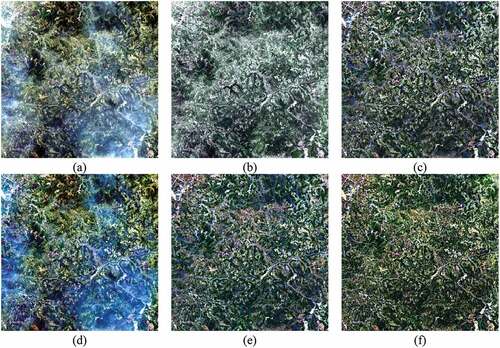
Figure 7. Transmission maps used in TDCP and the proposed method and their difference maps: (a) transmission map in TDCP, (b)–(d) transmission maps in the proposed method, (e)–(g) difference maps between (b)–(d) and (a).
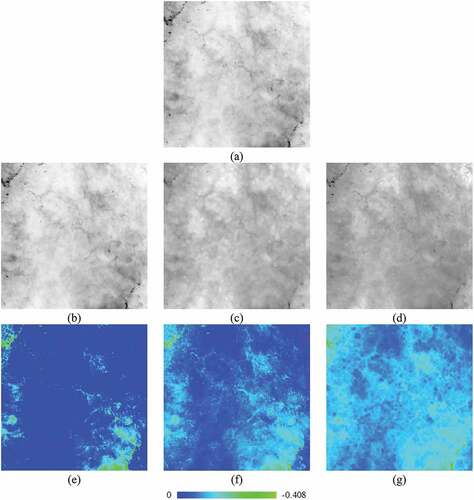
Figure 8. Comparison of recovered results in the second real data: (a) thin cloud image; (b)–(f) recovered results from HOT, HTM, TDCP, SpA-GAN, and the proposed method.
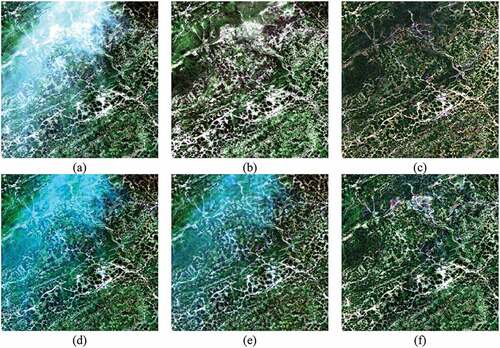
Figure 9. Comparison of recovered results in the fifth real data: (a) thin cloud image; (b)–(f) recovered results from HOT, HTM, TDCP, SpA-GAN, and the proposed method; (g) cloud-free image acquired temporally adjacent to (a).

Table 3. Quantitative results of the four approaches in the fifth real data.
Figure 10. Comparison of recovered results in the sixth real data: (a) full-scene thin cloud-covered image, (b) recovered result from the proposed method.
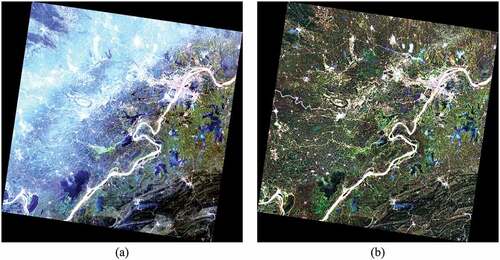
Data availability statement
Landsat 7 ETM+ and Landsat 8 OLI images are available from USGS (https://earthexplorer.usgs.gov/). GaoFen-2 images are available and can be accessed from http://www.cresda.com/CN/.

